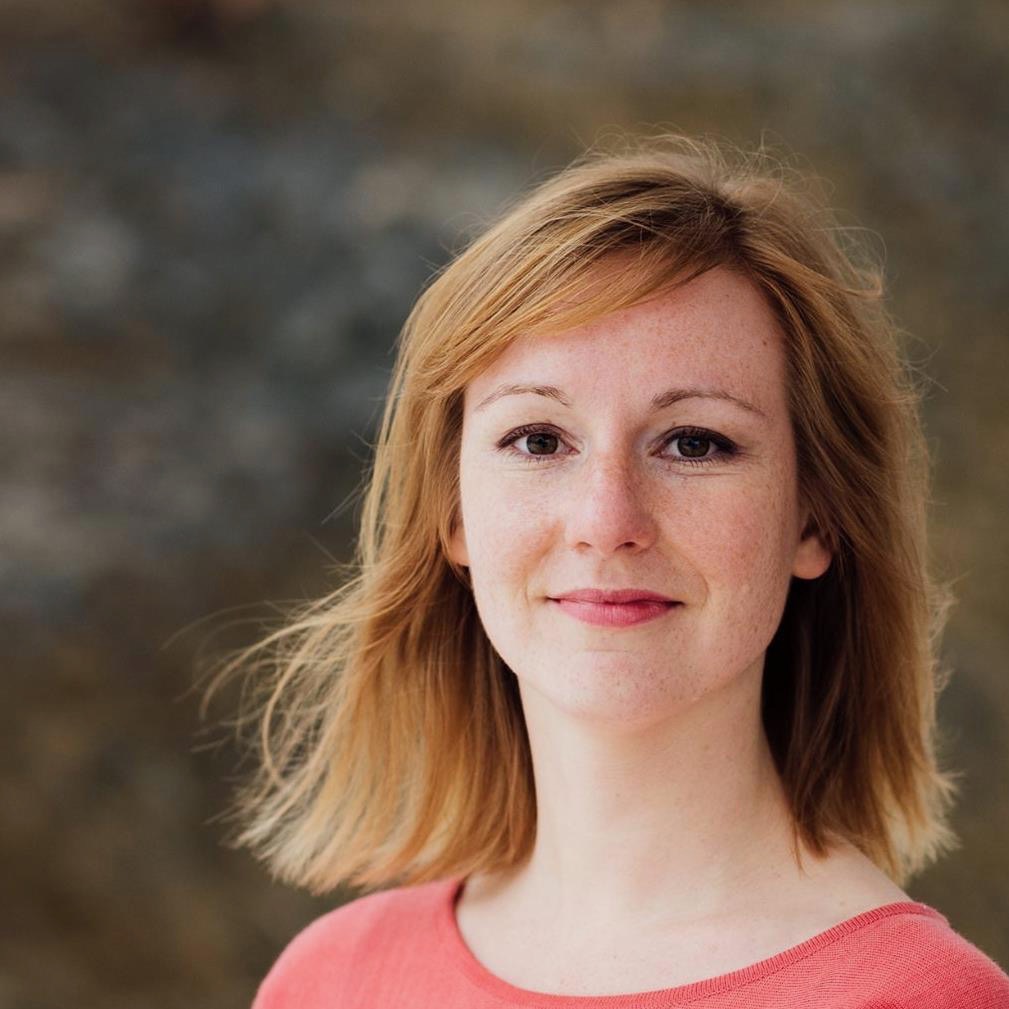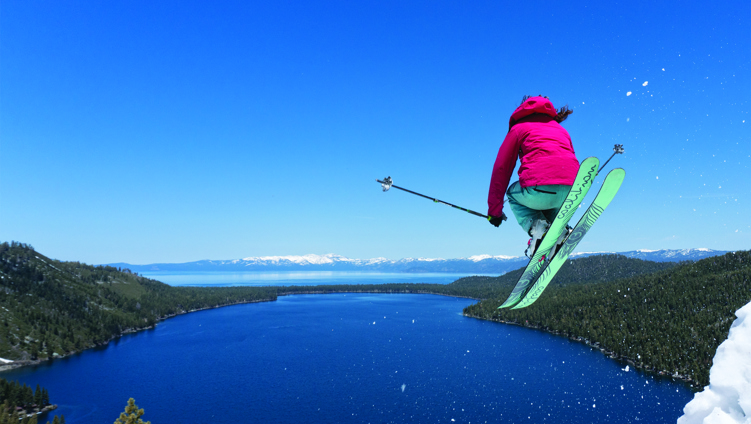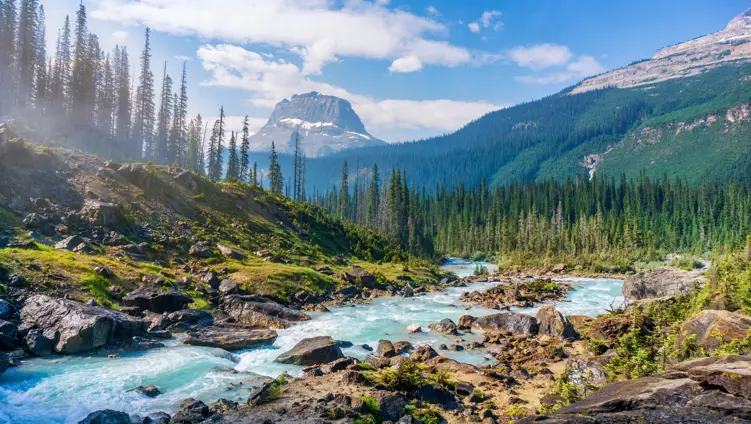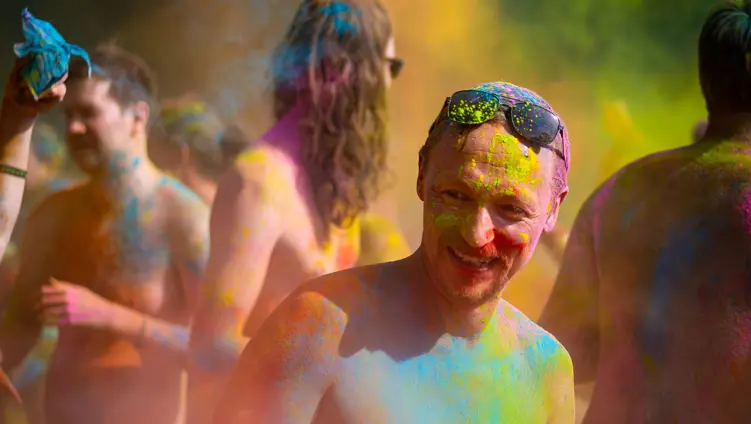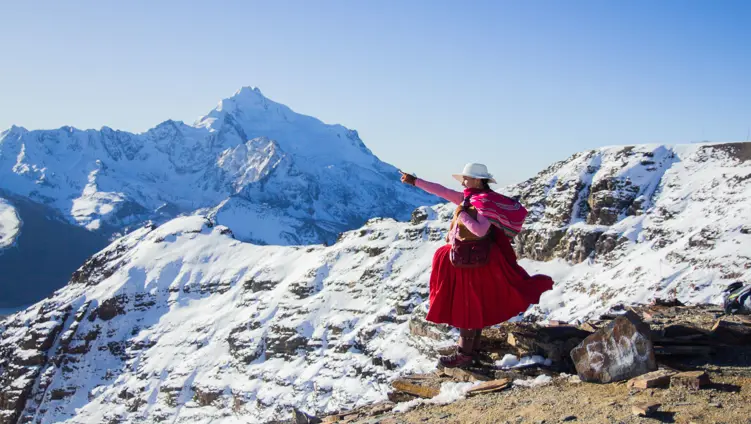Published on 17th September 2020
With her spring trip to Orkney foiled due to the pandemic, Dutch journalist Selma Franssen decided to go on an imaginary voyage instead. In this piece she interviews musician Erland Cooper and photographer Frances Scott, both Orcadian artists whose work explores the essence of the archipelago.

